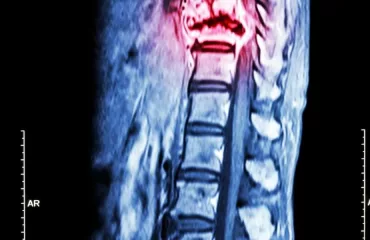

While biportal endoscopic spine surgery (BESS) offers significant advantages, it is not without its challenges and potential complications. Surgeons and patients must be aware of these factors to make informed decisions.
Common Challenges
- Steep Learning Curve: Mastering BESS techniques requires extensive training and experience.
- Limited Working Space: The small surgical field can pose challenges for instrument manipulation and visualization.
- Complex Anatomy: Certain spinal conditions or anatomical variations may make BESS more difficult to perform.
- Patient Positioning: Achieving optimal patient positioning for endoscopic access can be complex.
Potential Complications
- Infection: As with any surgical procedure, there is a risk of infection, although it is generally lower with minimally invasive techniques.
- Bleeding: While less common than with open surgery, bleeding can occur during BESS.
- Dural Tear: Accidental puncture of the dura, the protective membrane surrounding the spinal cord, can lead to cerebrospinal fluid leakage or meningitis.
- Recurrence of Symptoms: In some cases, symptoms may return due to incomplete removal of the problem or the development of new issues.
- Nerve Injury: There is a risk of nerve damage, although it is generally low with experienced surgeons.
Minimizing Risks
To mitigate these challenges and complications, it is essential for patients to choose a surgeon with extensive BESS experience. Advanced imaging techniques, meticulous surgical planning, and adherence to strict sterile protocols can also help reduce risks.
While BESS is a promising approach, it’s crucial to weigh the potential benefits against the risks on an individual basis. Open communication between the patient and surgeon is essential for making informed decisions.



